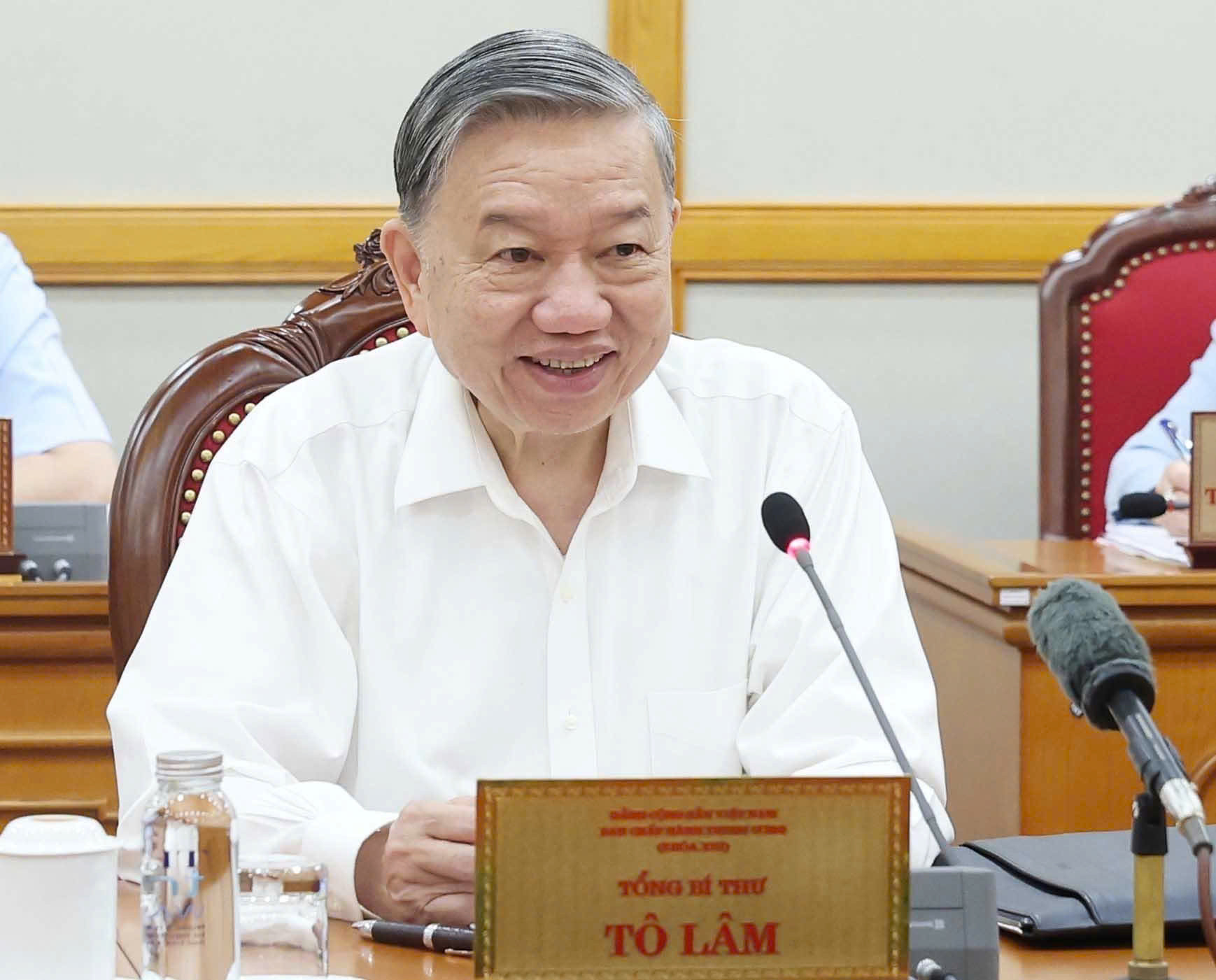
Following the nationwide plan to consolidate provincial and commune-level administrative units, Vietnam is set to reduce over 129,000 civil servant positions, including more than 18,440 at the provincial level and 110,780 at the commune level, according to official projections.
The information was presented during a high-level meeting on May 3, chaired by General Secretary To Lam, to review the implementation of Resolution 11 of the 13th Party Central Committee and related Politburo and Secretariat conclusions on streamlining administrative structures.
Major reshuffling of administrative and party organizations
Since Resolution 11 was adopted, central party and state agencies have issued detailed guidelines to facilitate the restructuring process across localities. Provinces have proactively gathered public feedback and submitted merger plans for approval, with public consent reaching an average of 96%, and all levels of People’s Councils across the country passing the plans with 100% approval rates.
Based on local government submissions, the total number of commune-level units is expected to fall from 10,035 to just over 3,320 - a 66.91% reduction. Some provinces will see a decrease of over 76%.
For party organizations, the plan includes the reduction of 29 provincial-level party committees (from 63 to 34), and over 260 affiliated agencies. At the district level, 694 party committees and 4,160 sub-units will be dissolved, while more than 3,320 commune-level party committees will be newly established.
Drastic reduction in government staffing
One of the most significant impacts of the restructuring is the massive cut in civil service staff. After the merger:
Provincial-level staffing will be reduced by more than 18,440 positions.
Commune-level staffing (including ward and special administrative zones) will be cut by over 110,780 positions, based on the 2022 staffing levels.
Additionally, around 120,500 part-time commune-level workers will see their roles concluded.
To support the administrative shift toward the grassroots level, over 22,350 positions will be transferred from district to commune level.
The government expects the reorganization to streamline operations, bring administrative services closer to citizens, and eliminate overlapping roles - moving away from the current "inverted pyramid" structure.
Streamlining administrative units and budget allocations
The restructuring also includes the elimination of:
90 central-level departments (vụ)
344 provincial-level departments (sở)
1,235 provincial sub-departments (phòng)
215 of 284 internal units within state-backed public associations
The Politburo emphasized the need for timely financial planning to ensure proper compensation, retirement, or transfer policies for affected employees, in line with legal frameworks.
It also urged party committees and agencies to thoroughly prepare for the upcoming party congresses at the grassroots, intermediate, and provincial levels, particularly in newly merged units - highlighting the importance of well-prepared political reports and personnel planning.
Unanimous approval and political momentum
The Politburo and Secretariat have largely agreed on the proposed plans and requested maximum determination from all levels to follow the roadmaps, policies, and guidelines to ensure the restructuring's success. Communication campaigns and political education have also been praised for building consensus and understanding across party members and the public.
The reform marks a significant administrative transformation aimed at increasing governmental efficiency, optimizing public resource use, and laying the groundwork for a more modern and responsive state apparatus.
Tran Thuong